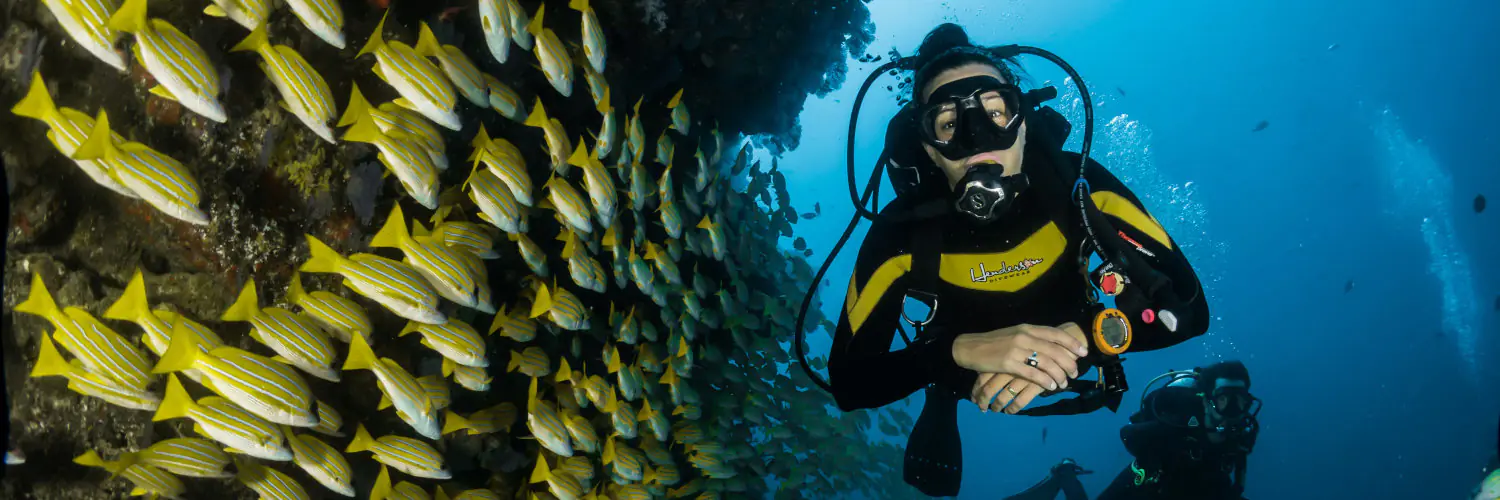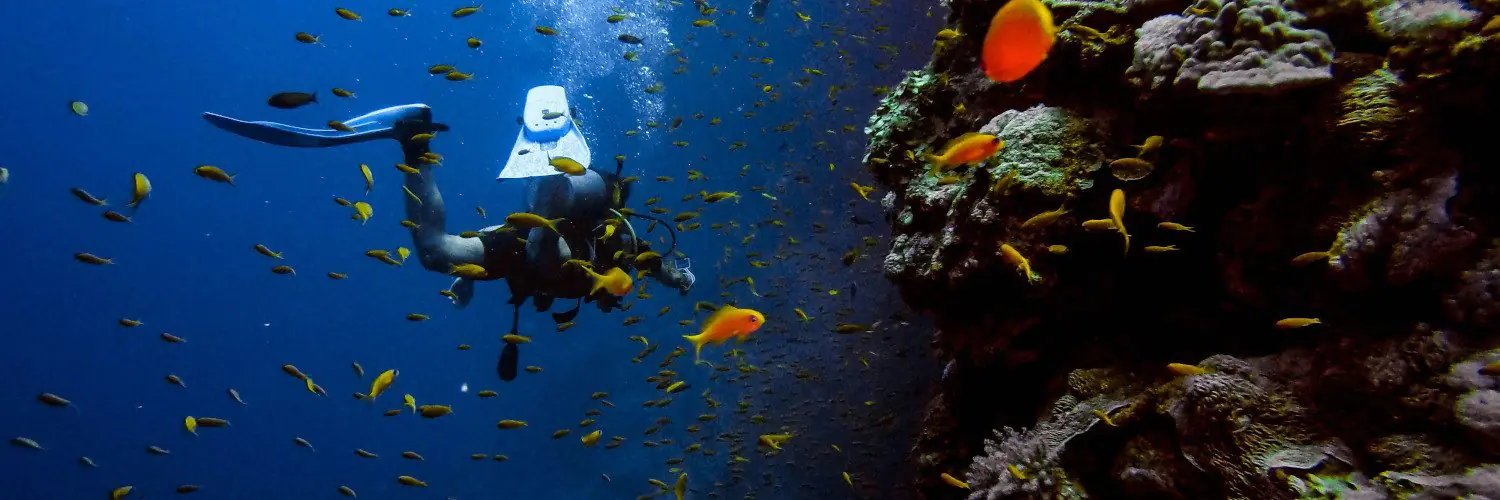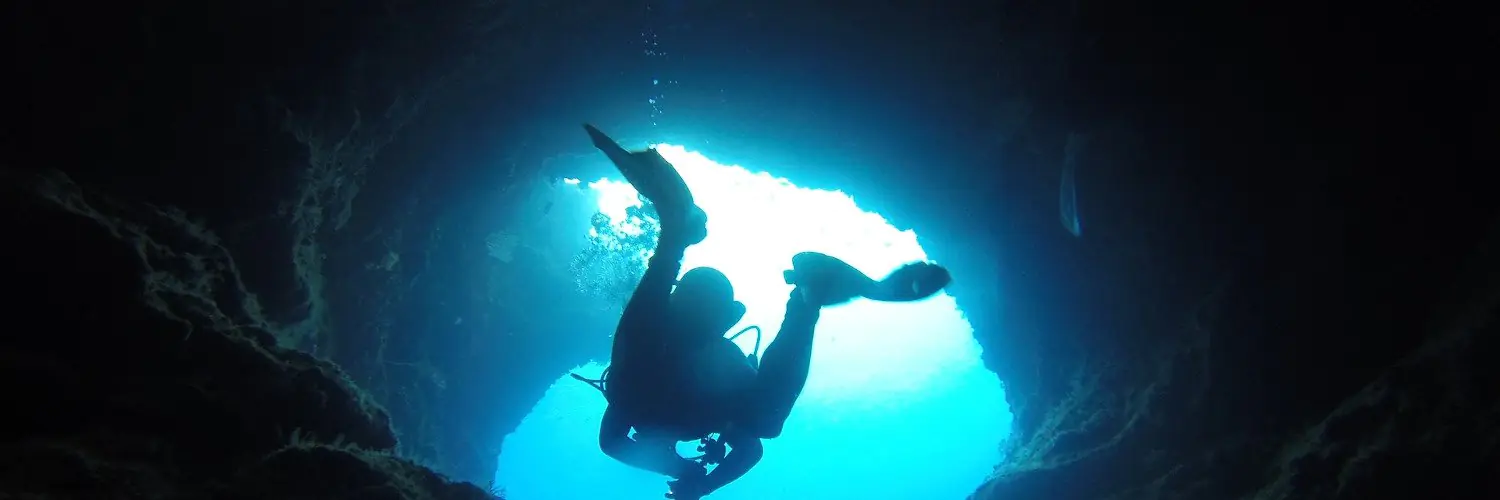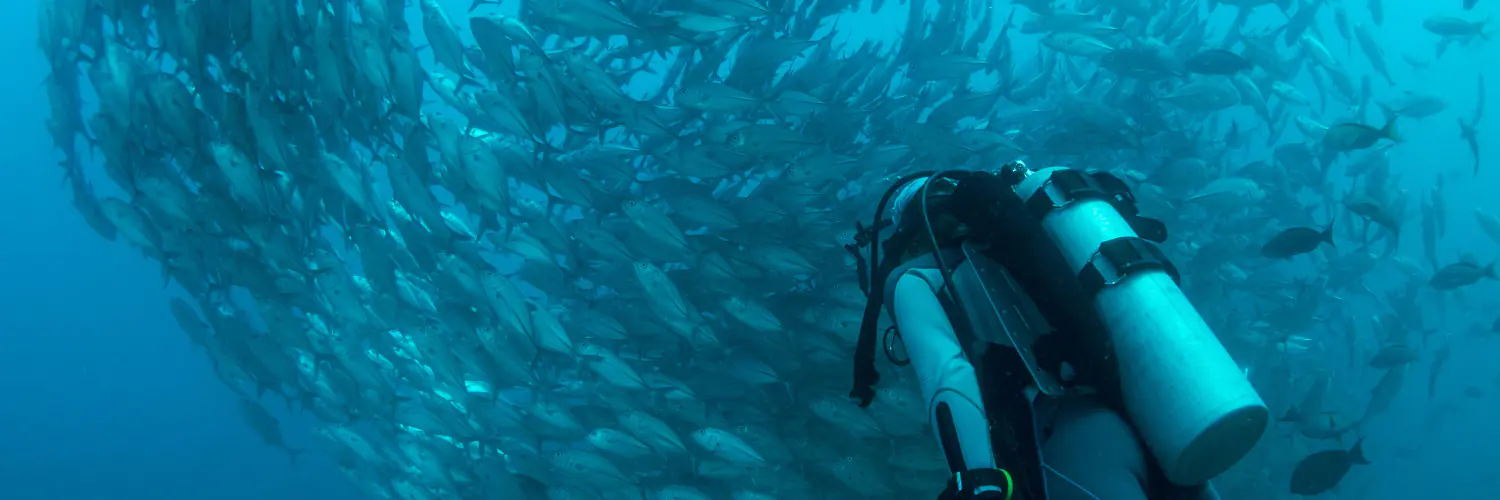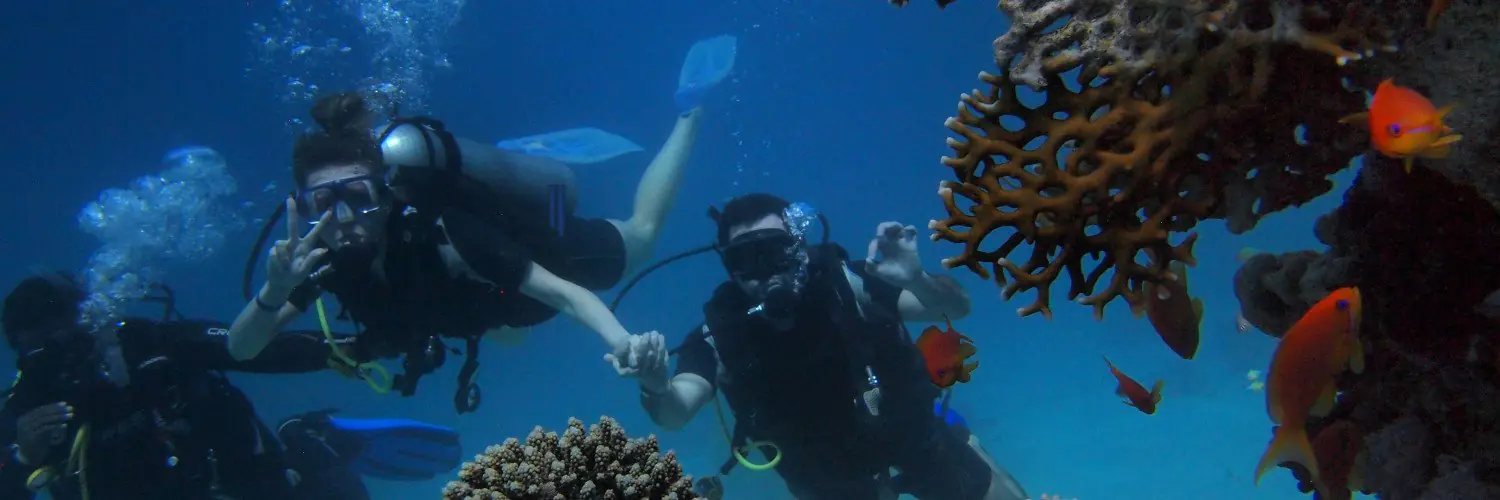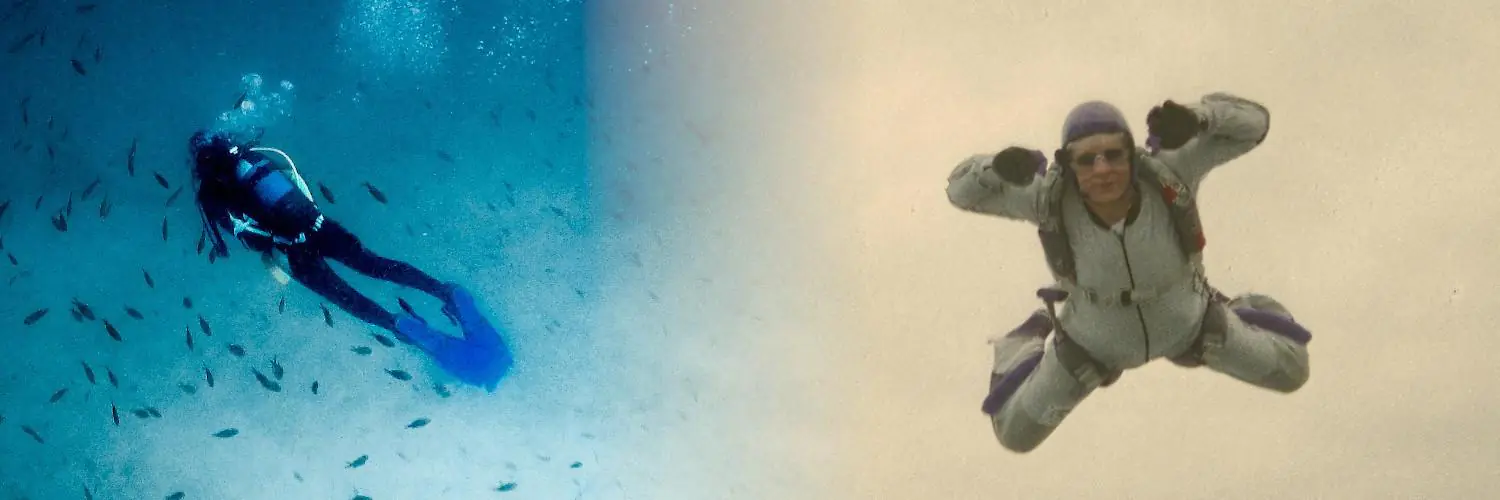Cataract surgery is a common procedure that involves the removal of a clouded lens from the eye, which is then typically replaced with a clear artificial lens. The surgery is deemed relatively safe and has a high success rate in improving vision. However, for individuals looking to engage in activities like scuba diving post-surgery, there are additional considerations to keep in mind.
Scuba diving after cataract surgery necessitates a period of waiting before safely returning to the water. The concern lies with the potential for increased intraocular pressure and the risk of infection, especially in an environment where water can carry microorganisms. Typically, eye surgeons may recommend a hiatus from diving to allow sufficient healing and to ensure that the risk of complications, such as infection from pathogens in the water, is minimized.
Understanding the balance between the healing process and the eagerness to return to underwater activities is critical for divers. Surgeons usually advise against diving for a period following the operation—often around two months—to ensure proper recovery and maintenance of the restored vision. Adhering to this recovery timeline and protective measures prescribed by healthcare professionals helps in achieving the best possible outcomes for individuals wishing to combine their passion for diving with the need for cataract surgery.
Table of Contents
Understanding Cataract Surgery
Cataract surgery is the process of removing the clouded natural lens of the eye and, in most cases, replacing it with an artificial lens. This section outlines the procedure, the types of surgery, potential complications, and the necessary recovery time for proper wound healing.
Procedure and Types of Surgery
Cataract surgery is usually performed using phacoemulsification, where the clouded lens is broken up by ultrasound waves and then extracted. The incision made is typically about 2-3 millimeters and often requires no stitches. Another method is extracapsular cataract extraction (ECCE), which involves a larger incision and may require sutures. The type of surgery chosen depends on the specific circumstances of the cataract and the patient’s overall eye health.
Potential Complications
As with any surgery, cataract removal has associated risks. Complications, while rare, can include:
- Posterior capsule opacification (PCO), where part of the lens capsule thickens, which may cause vision to become cloudy again.
- Eye infection or inflammation
- Retinal detachment, a serious condition where the retina becomes separated from the back of the eye.
- Increased eye pressure which can lead to glaucoma.
Recovery Time and Wound Healing
The surgical wound from cataract surgery is generally minimal and heals quickly. Patients can often resume light activities the day after surgery. However, full recovery typically requires:
- Waiting one week before engaging in strenuous activities such as running or heavy lifting.
- Avoiding swimming or submerging the head in water for at least two weeks, to minimize the risk of infection.
It is imperative to follow the ophthalmologist’s guidelines during the healing process to ensure a successful recovery and mitigate potential complications.
Scuba Diving Post-Surgery
Scuba diving after cataract surgery raises important considerations regarding a diver’s eye health and the timing of when to safely return to the water.
Risks Associated with Diving After Surgery
Eye Infections: Post-surgical wounds, if exposed to water carrying microorganisms, risk severe intraocular infections. Introducing pathogens can lead to complications, so divers must ensure complete wound healing.
Increased Pressure: Activities like diving expose eyes to greater pressure than they usually experience. For someone who has recently undergone eye surgery, this raised pressure may lead to undue stress on healing tissues and potentially result in barotrauma or mask squeeze.
Ocular Decompression Sickness (DCS): While generally rare, recent eye surgery may increase the risk of ocular DCS, as changes in pressure can affect gases within the eye, leading to vision issues.
When to Resume Scuba Diving
Divers are typically advised to avoid diving for a minimum period following surgery. The exact duration varies but commonly ranges from several weeks to two months. This allows time for:
- Proper wound healing without stitches,
- Mitigation against the risk of infection via prescribed eye drops,
- Stabilization of eye pressure to adapt to underwater environments.
Only when vision has stabilized and there’s no risk to the integrity of the eye, diving should be considered. Divers must receive a clear from their ophthalmologist before resuming scuba diving.
Eye Health and Safeguarding Vision
After cataract surgery, maintaining eye health and protecting vision are paramount concerns, especially for individuals looking to engage in activities such as scuba diving. A patient’s visual acuity can return to 20/20 following surgery, and it is crucial to avoid any activities that could compromise this success.
Monitoring for Infections
Postoperative care for cataract surgery patients includes vigilance against infections such as endophthalmitis, a severe condition that can threaten vision. Patients are often prescribed antibiotic eye drops and advised to avoid environments conducive to infections. Specifically:
- Eye surgeon recommendations: Follow a prescribed timeline before exposing the eye to potential contaminants; typically two months post-surgery.
- Symptom monitoring: Watch for signs of infection, such as increased redness, pain, or discharge.
Protecting the Cornea and Sclera
Scuba diving exposes eyes to increased underwater pressure, which can affect the cornea and sclera. Protective measures include:
- Avoiding high-impact activities: Post-surgery, the corneal strength might be decreased, making it more vulnerable to injury from barotraumatic pressure changes.
- Assessing structural integrity: Before a dive, one should ensure the integrity of the cornea and sclera to avoid issues like a subconjunctival hemorrhage, where blood vessels break due to pressure.
- Corrective procedures: Patients with myopia who have undergone procedures such as radial keratotomy are at higher risk when diving as changes to the corneal structure may weaken its resistance to pressure. It is important for them to be extra cautious.
Guidelines from Diving Organizations
When planning to dive after cataract surgery, individuals should consult guidelines from authoritative diving organizations. These organizations offer recommendations and safety protocols to address the specific concerns related to post-surgery diving activities.
DAN Recommendations
Divers Alert Network (DAN) is a key source for dive safety information. They advise divers to:
- Wait: Divers should postpone diving for a period after surgery—amounting to weeks or months—based on their doctor’s advice.
- Consult: Before returning to diving, one must consult with their ophthalmologist to ensure complete healing.
Safety Protocols and Precautions
To maintain eye health and reduce risks, the following safety protocols should be strictly observed:
- Protection Against Infection: Since the risk of infection is significant, divers must avoid exposing their eyes to potentially contaminated water until the surgical wound has fully healed.
- Regular Monitoring: Continuous monitoring of eye health is crucial, especially in the initial months post-surgery. Changes in vision should be immediately reported to a health care professional.
Adapting Diving Equipment Post-Surgery
After cataract surgery, divers must ensure their equipment accommodates their new visual requirements. The right mask and vision correction options are essential for a safe and clear diving experience.
Choosing the Right Mask
Selecting a mask that fits well is critical post-surgery. A diver should ensure that the mask seals properly to prevent water entry which could introduce pathogens to the eye. Divers should also consider masks with a low volume, making them easier to clear and reducing the risk of pressure-related discomfort.
Using Prescription Dive Masks and Contact Lenses
Prescription dive masks are a practical choice for divers who have undergone cataract surgery. These masks are customized to correct refractive errors, offering clear vision underwater without the need for contact lenses or glasses. When using contact lenses under a regular dive mask, it’s imperative to use soft lenses to avoid irritation due to pressure changes. Divers with mono-vision correction, a common post-cataract surgery practice, should ensure that their prescription dive mask or contact lenses reflect this arrangement for both near and distance underwater vision.

